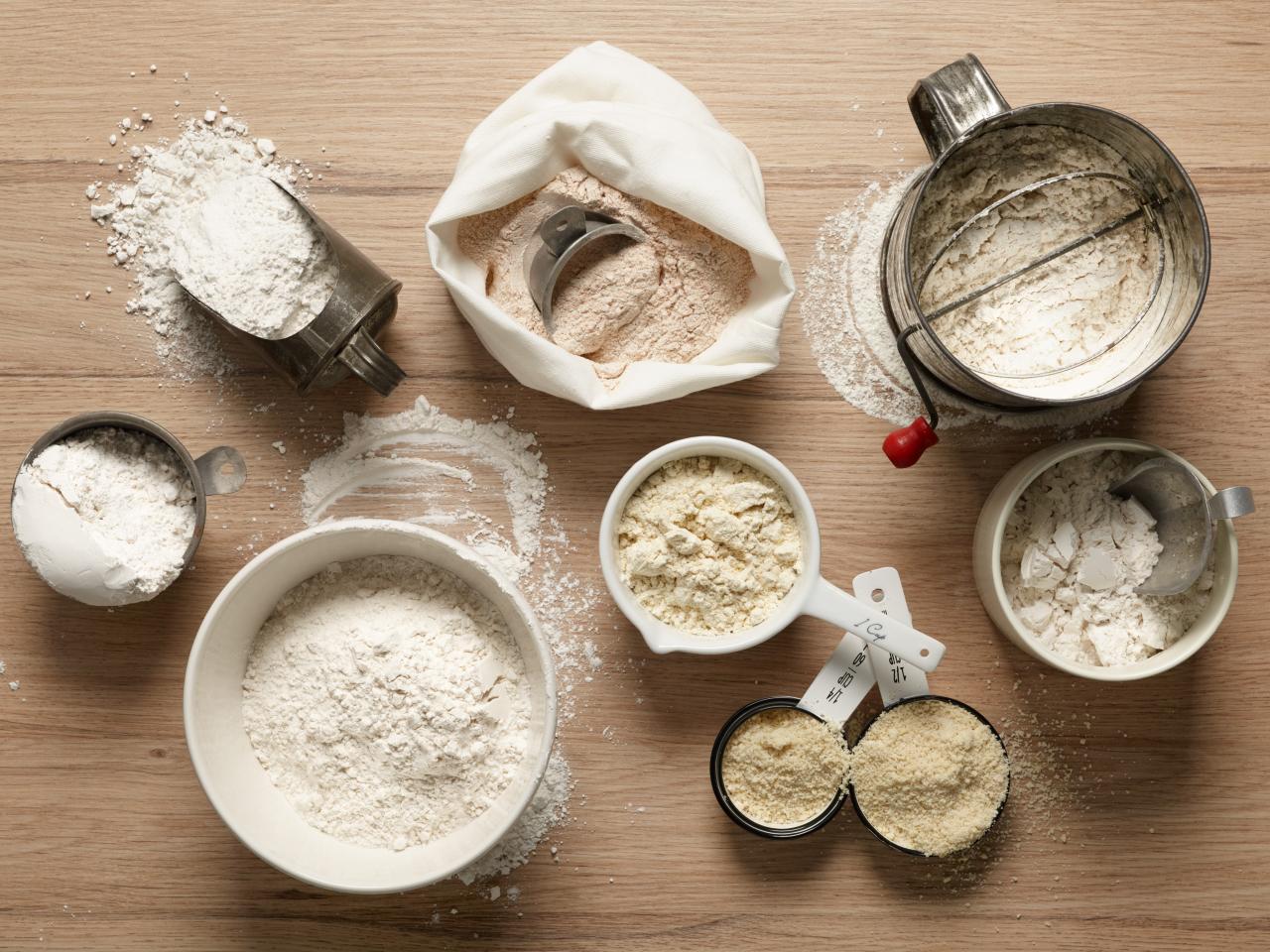Each recipe ingredient has a purpose – whether it is for stabilizing, sweetening, leavening, thickening, flavoring or more. While it is always best to use the ingredient called for in a recipe. Baking soda is the common name for sodium bicarbonate, a salty, alkaline chemical compound that has a wide variety of uses. Baking powder, which consists of baking soda and acid salts, is a.
- Baking powder is a material that makes baked goods rise. Though often confused with baking soda, baking powder actually adds.
- Baking with protein powder is a fantastic way to get some extra protein into your diet. It is also a great way to add plant-based proteins to your foods.
- How much do you know about that box of unsweetened cocoa powder sitting on the shelf? Here's everything you need to know, from Dutching to making better hot chocolate to understanding the science.
101 Uses For Baking Powder Besides Baking
Baking powderis particularly important for baking cakes, pies, cookies, and other pastries. It adds volume and makes the dough have a lighter texture. It is best to add baking powder when the dough is practically finished so that you only have to stir it briefly. Then you should put the dough into the oven right away or store in the refrigerator until you are ready to bake it.
General information:
From Wikipedia: 'Baking powder is a dry chemical leavening agent, a mixture of a carbonate or bicarbonate and a weak acid, and is used for increasing the volume and lightening the texture of baked goods. Baking powder works by releasing carbon dioxide gas into a batter or dough through an acid-base reaction, causing bubbles in the wet mixture to expand and thus leavening the mixture. It is used instead of yeast for end-products where fermentation flavors would be undesirable or where the batter lacks the elastic structure to hold gas bubbles for more than a few minutes, or to speed the production. Because carbon dioxide is released at a faster rate through the acid-base reaction than through fermentation, breads made by chemical leavening are called quick breads.'
Culinary uses:



100 Uses For Baking Soda

100 Uses For Baking Soda
'Generally one teaspoon (5 grams (0.18 oz)) of baking powder is used to raise a mixture of one cup (125 g) of flour, one cup of liquid, and one egg. However, if the mixture is acidic, baking powder's additional acids will remain unconsumed in the chemical reaction and often lend an unpleasant taste to food. High acidity can be caused by ingredients like buttermilk, lemon juice, yogurt, citrus or honey. When excessive acid is present, some of the baking powder should be replaced with baking soda. For example, one cup of flour, one egg, and one cup of buttermilk requires only ½ teaspoon of baking powder—the remaining leavening is caused by buttermilk acids reacting with ¼ teaspoon of baking soda.
On the other hand, with baking powders that contain sodium acid pyrophosphate, excess alkaline substances can sometimes deprotonate the acid in two steps instead of the one that normally occurs, resulting in an offensive bitter taste to baked goods. Calcium compounds and aluminium compounds do not have that problem though, since calcium compounds that deprotonate twice are insoluble and aluminium compounds do not deprotonate in that fashion.'
Starch component:
'Baking powders also include components to improve their consistency and stability. The most important additive is cornstarch,[3] although potato starch may also be used. The inert starch serves several functions in baking powder. Primarily it is used to absorb moisture, and thus prolong shelf life by keeping the powder's additional alkaline and acidic components dry so as not to react with each other prematurely. A dry powder also flows and mixes more easily. Finally, the added bulk allows for more accurate measurements.'
Examination of effectiveness:
'Moisture and heat can cause baking powder to lose its effectiveness over time, and commercial varieties have a somewhat arbitrary expiration date printed on the container. Adobe acrobat pro 10 free download mac. Regardless of the expiration date, the effectiveness can be tested by placing a teaspoon of the powder into a small container of hot water. If it bubbles energetically, it is still active and usable.'
Substitute acids:
'As described above, baking powder is mainly just baking soda mixed with an acid. In principle, a number of kitchen acids may be combined with baking soda to simulate commercial baking powders. Vinegar (dilute acetic acid), especially white vinegar, is also a common acidifier in baking; for example, many heirloom chocolate cake recipes call for a tablespoon or two of vinegar. Where a recipe already uses buttermilk or yogurt, baking soda can be used without cream of tartar (or with less). Alternatively, lemon juice can be substituted for some of the liquid in the recipe, to provide the required acidity to activate the baking soda. The main variable with the use of these kitchen acids is the rate of leavening.'
Substitutes for baking soda:
'In times past, when chemically manufactured baking soda was not available, 'ash water' was used instead. Ashes from hardwood trees contain carbonates and bicarbonate salts, which can be extracted with water. This approach became obsolete with the availability of purified baking soda.'
